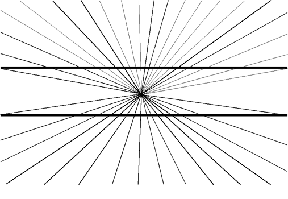Chinese Character
I felt somewhat connected to The Joy Luck Club when I read the Chinese portions included in the text. I speak mandarin myself, so I can pronounce some words included in the story, and it would make perfect sense in mandarin. However, I found the way she use the English-pronunciation Chinese somewhat strange. She didn’t use accents on the letters, so it took some effort to make sense of what she’s trying to imply in Chinese. Sometimes, the words I manage to pronounce in Chinese didn’t seem to fit the English translation she gave. Those translations came out funny as well. For example: gwan deng shweijau. She translated it to close light sleep, which was what it literally meant. I supposed one way she may have wanted the readers to have the authentic translation, but it gets to be confusing. If I didn’t understand the Chinese meaning, I would’ve been stomped for sure. Although “close light sleep” is what it literally meant, it actually implies turning off the light and going to sleep. I’m not sure if everyone else understood that by the three simple words.
In any case, that’s only one example. There are other parts that have similar cases. It seemed as if she is writing it down as she pronounced the words, you don’t see those formation of letter in official Chinese using English letters nowadays. I’ve read that Amy Tan speaks in broken Chinese and can neither read nor write Chinese. Yet for her to incorporate so many Chinese phrases/words in her books is a truly incredible task.

Chinese Character for "Man" (Or "Person")





